Environmental chambers evaluate product quality and reliability and identify manufacturing flaws and weaknesses in those products before they are released to the general market, or used in the manufacturing of other products. Read More…
Russells Technical Products has been designing and manufacturing environmental test chambers since 1972. With over 150 years of combined management experience, our company provides its customers with quality environmental test systems and advanced manufacturing techniques. Russells offers a variety of standard and custom designed chambers to meet your exact specifications.

We are leading environmental test chamber brand with over 78 years of experience designing environmental testing solutions. Over the years we have developed products for ease-of-use, reliability and performance designed to meet our customer’s testing needs and improve the safety and reliability of their products. We have a legacy of providing high quality solutions for temperature, humidity,...
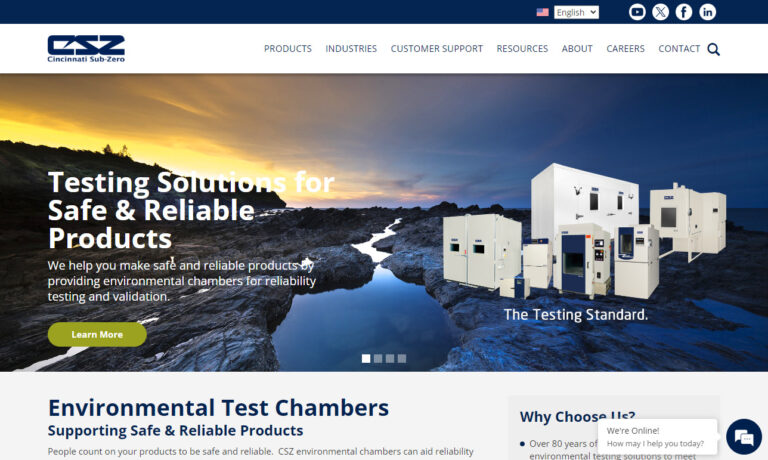
A pioneer since 1962, Thermotron has been building the most recognizable environmental test equipment in the industry. Every chamber and shaker sold is handcrafted in West Michigan and comes with an intuitive controller. From automotive and defense, to electronics and medical industries, Thermotron has helped companies small and large create more reliable products. When you need to know whether...
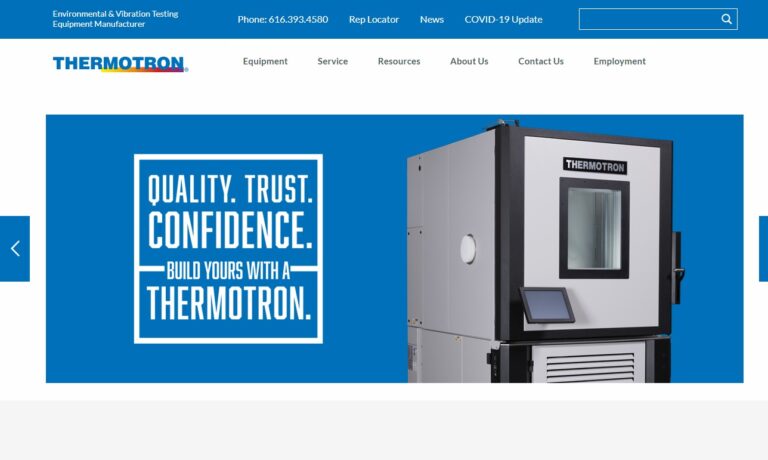
As a leader in the test chamber industry we believe our systems are ideal for your company. We manufacture models that come standard with many useful features for testing applications. We believe that our advanced technologies are essential to the reliability of our products and our quality customer service is perfect for your needs. Feel free to visit our website or give us a call to learn more!

Hastest Solutions offers reliable thermal shock chambers which come in a variety of models to suit your needs. These units are used to detect product defects. An example of one of our units thermal cycling is -40°C to +85°C. Our units use a unique airflow system and our products are based off standard requirements as well as custom built specifications of a customer. Find out more by giving us...
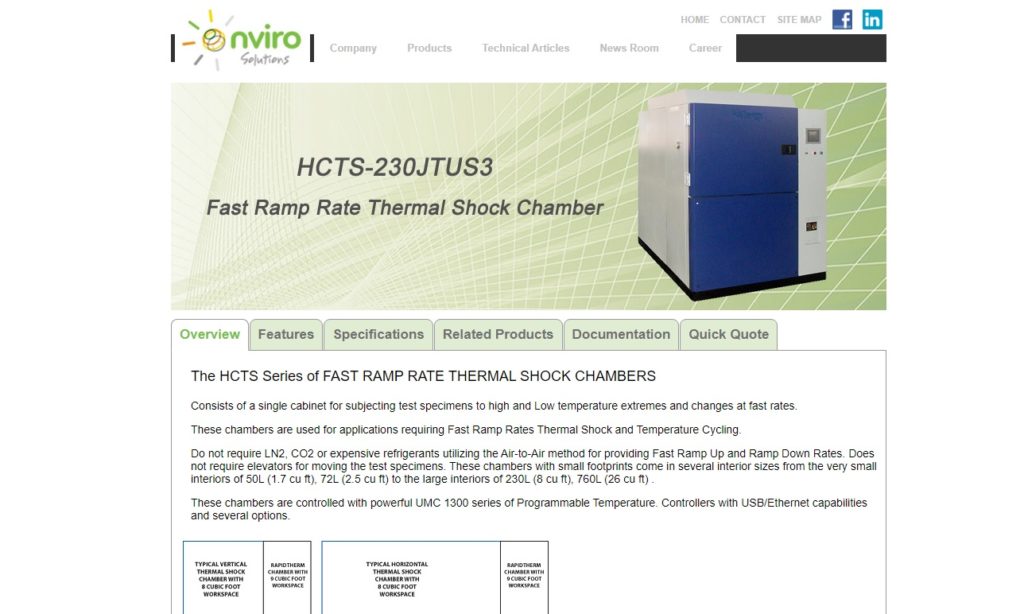
Isotech specializes in state-of-the-art environmental test chambers. With our standard and custom test chambers we strive to offer our clients products that are specifically designed to fit their needs. Isotech offers technical specifications like copper screen enclosures, RF signals, and USC-26 and USC-44 series panels.
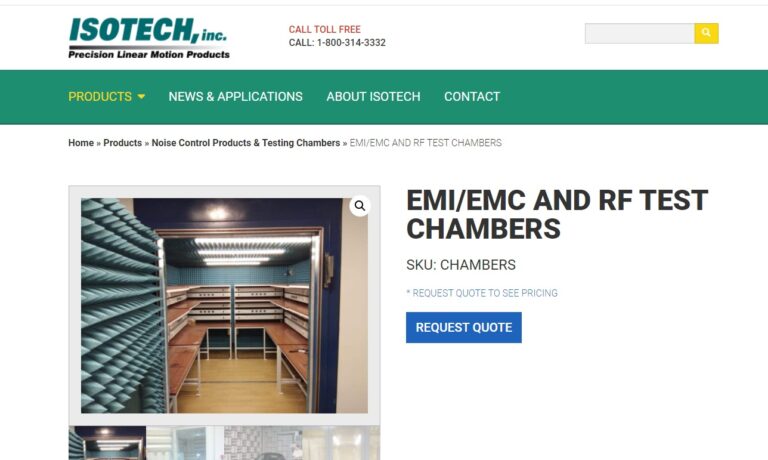
More Thermal Shock Chamber Manufacturers
Industries such as consumer, medical, automotive, aerospace, and construction use thermal shock chamber testing to ensure the reliability of their products. Thermal shock causes cracking or faulting along lines of stress as a result of the conflict between uneven element expansion and compression according to relative temperature. As one section cools or heats faster than another, the pressure placed on a material becomes greater than the strength of that material and a crack is formed. These cracks can be severe enough to cause structure failure.
Glass and ceramics are particularly susceptible to thermal shock damage due to their low thermal conductivity and their tendency to expand and compress unevenly, and so test chambers are an important part of the manufacturing process for products and structures using these materials.
The design and construction of test chambers need to be executed to specific considerations to ensure the most accurate test results. Thermal shock chambers need the capacity to alter temperature at an uneven rate to accurately reproduce conditions found in the environment. The chambers typically have two compartments that are set at differing temperatures and the test object is then quickly transferred between the two compartments, causing the thermal shock. Strict control during the process will yield the most accurate and useful results from the tests.
Thermal chambers utilize liquid or air to create temperature variances and objects can be alternately immersed in non-toxic, noncombustible, and low viscosity liquids at extremely different temperatures, or between compartments maintaining different air temperatures. Sometimes, an intermediate step is required between the temperature extremes in which a product experiences a brief moment of room temperature. This is known as three-zone thermal shock.
The suitability of the testing method, either in liquid or air, will depend on the intended final use of the product or material being tested, and the capability of the thermal shock chamber being used. Testing can take many hours and can be a costly procedure depending on the size of the object and the process undertaken, yet it is a wise manufacturing choice to undergo thermal shock testing, especially in terms of long-term expenditure and future benefit.


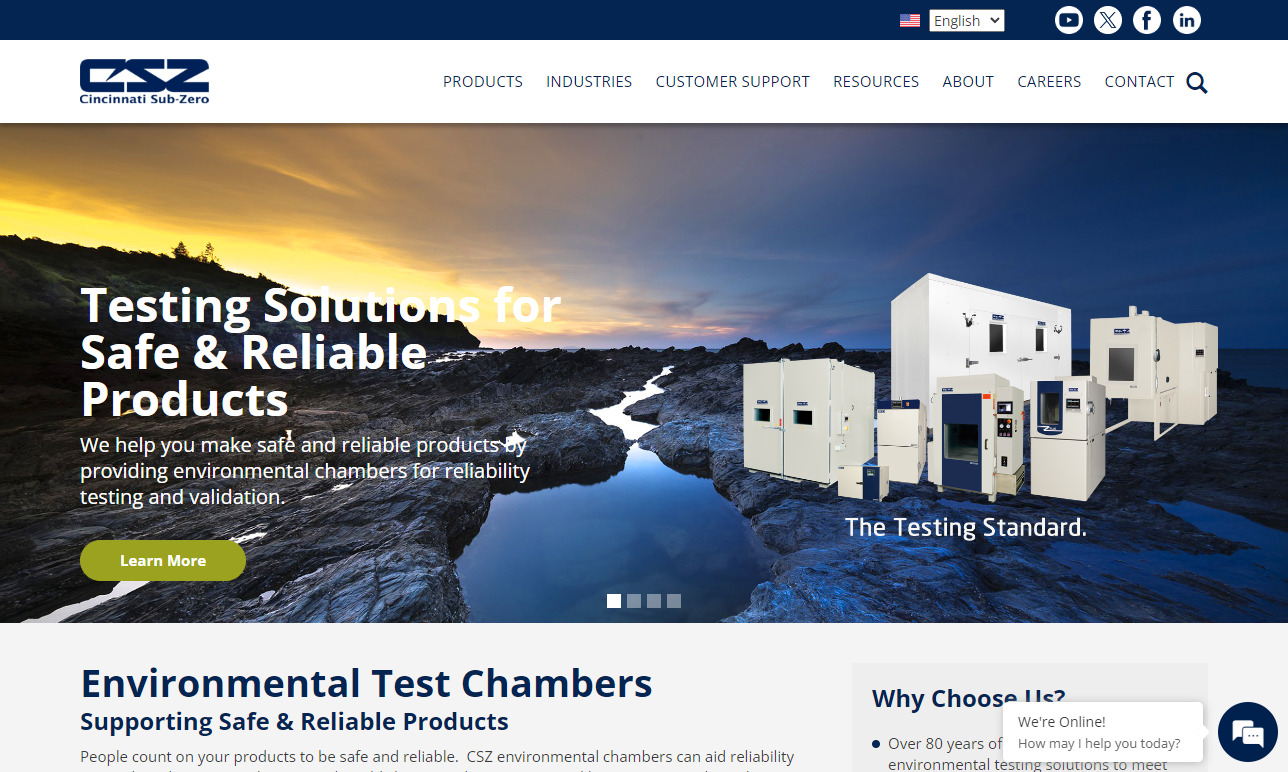
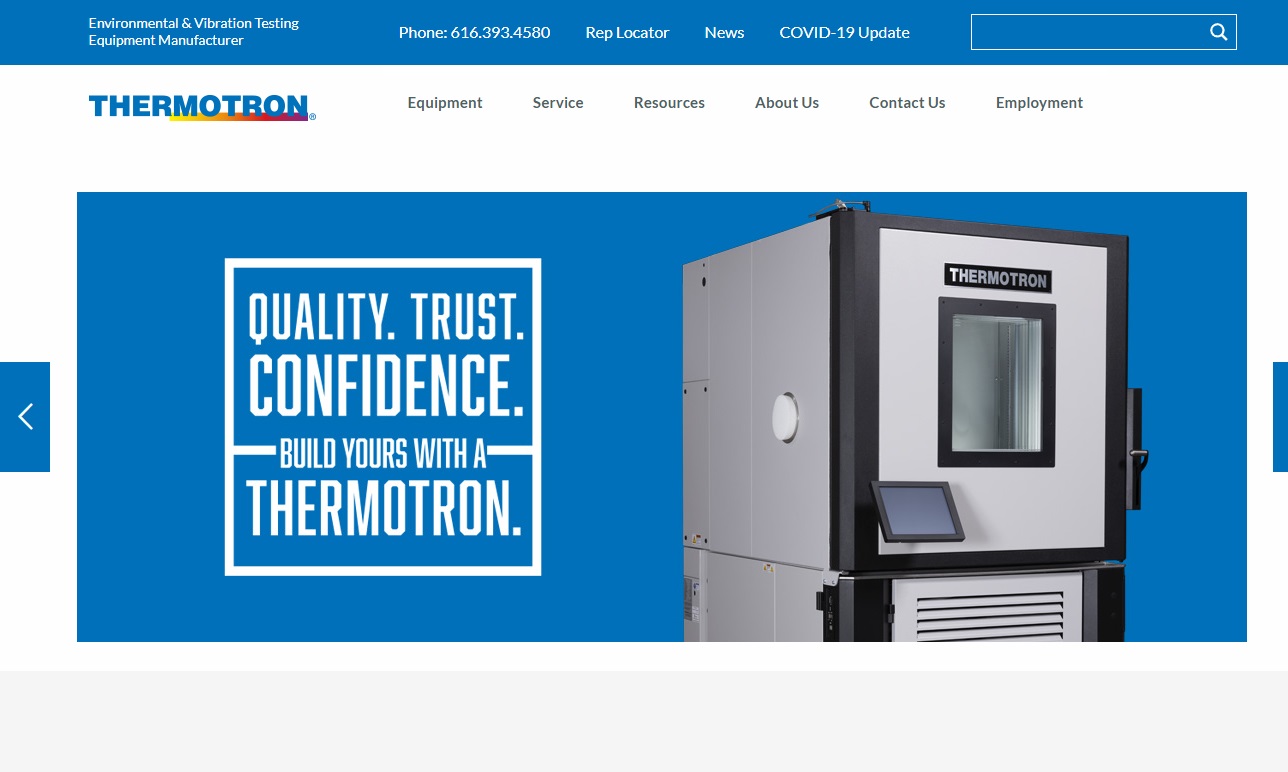

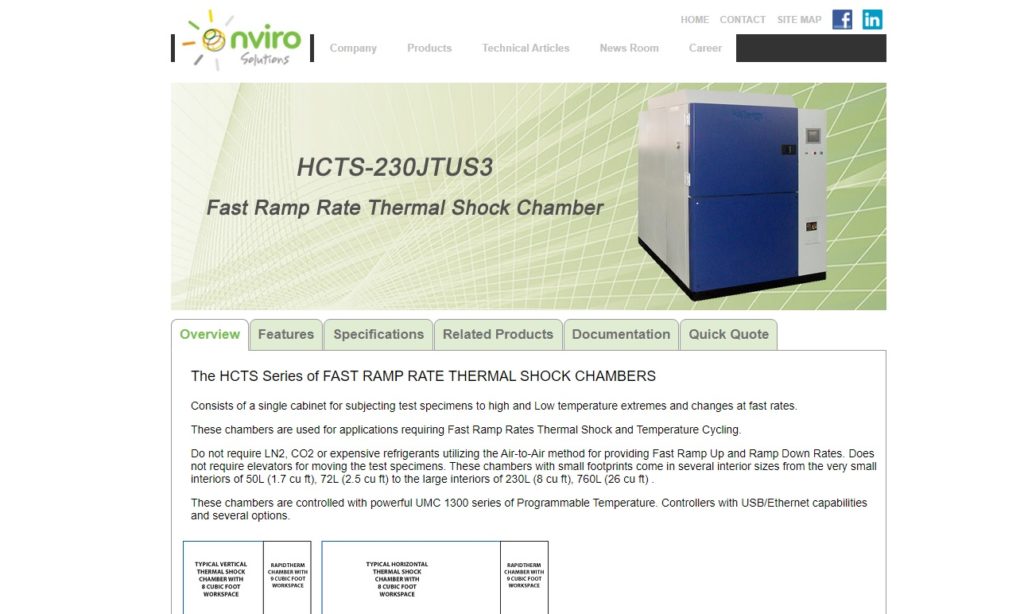
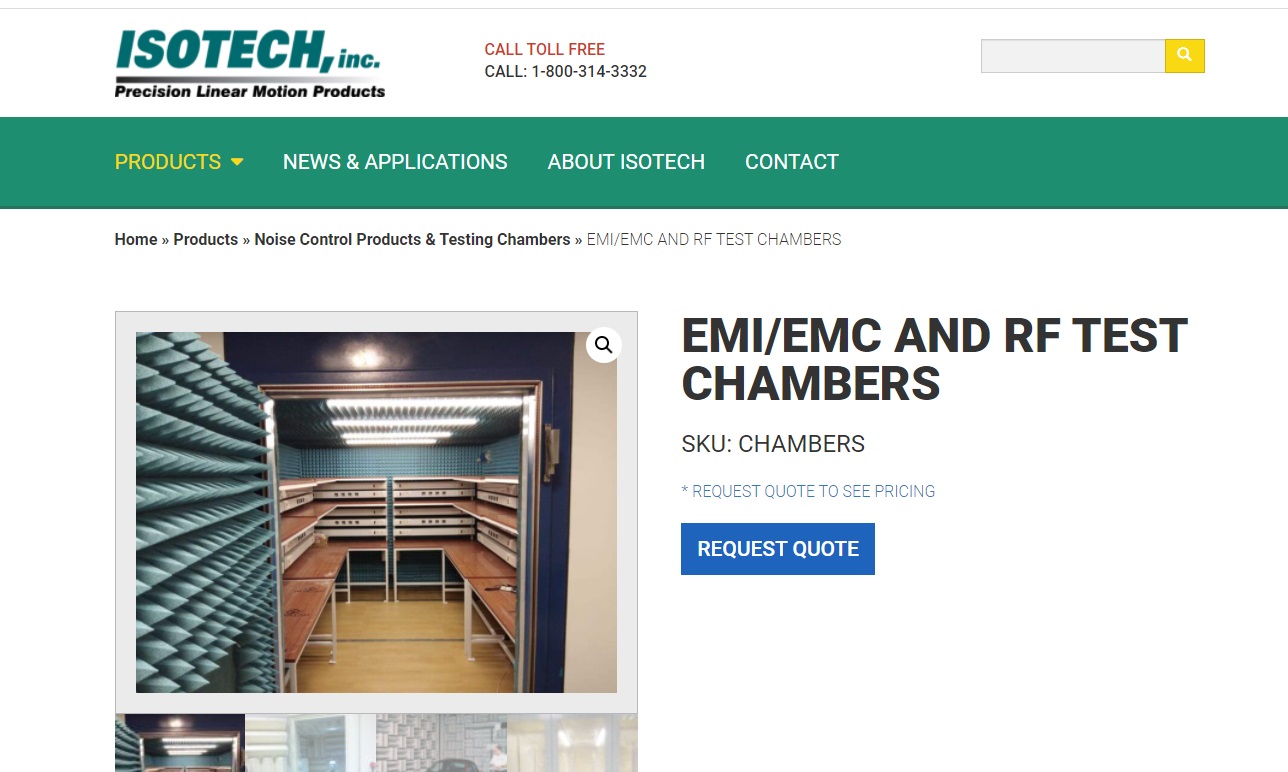
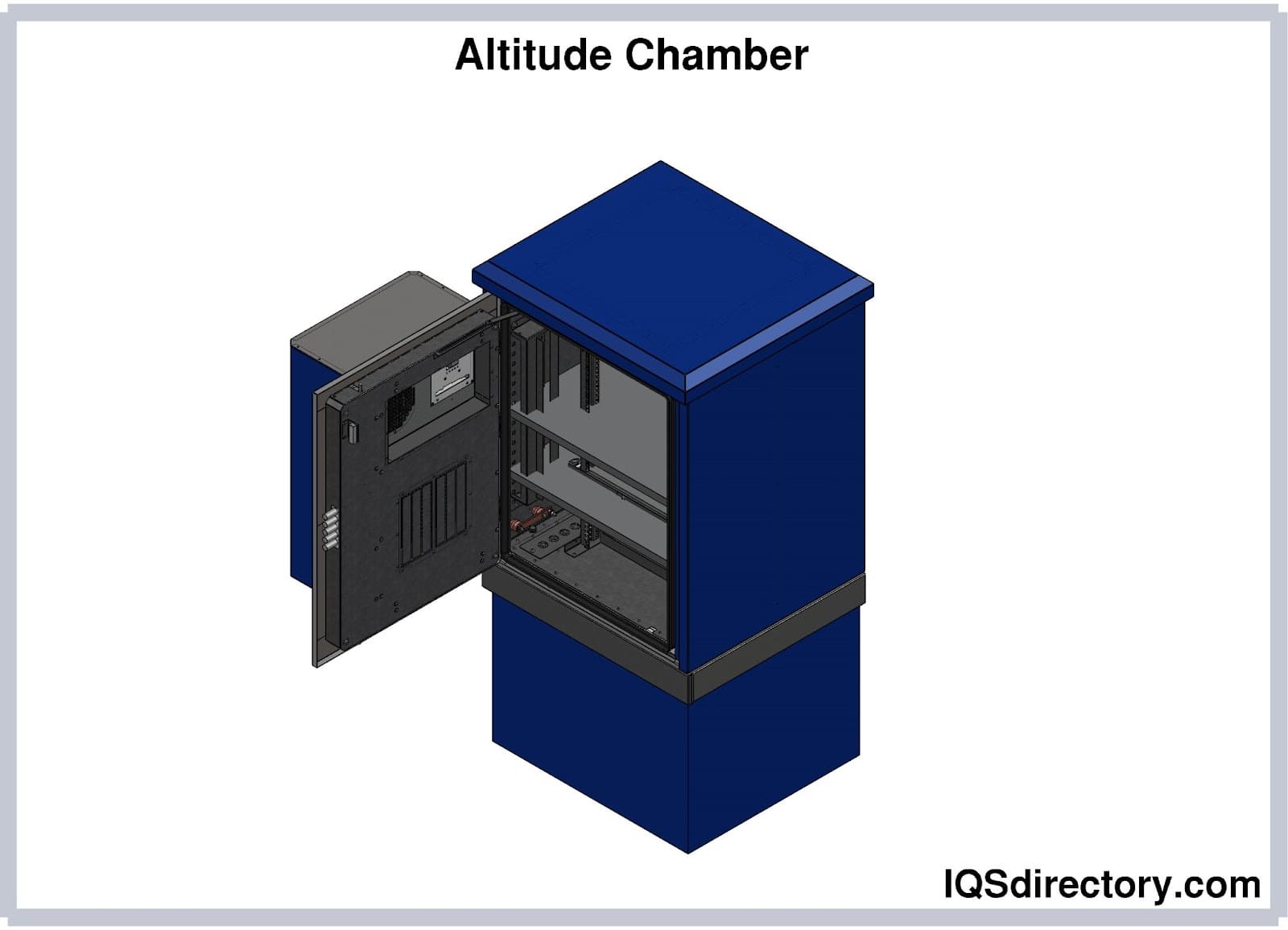
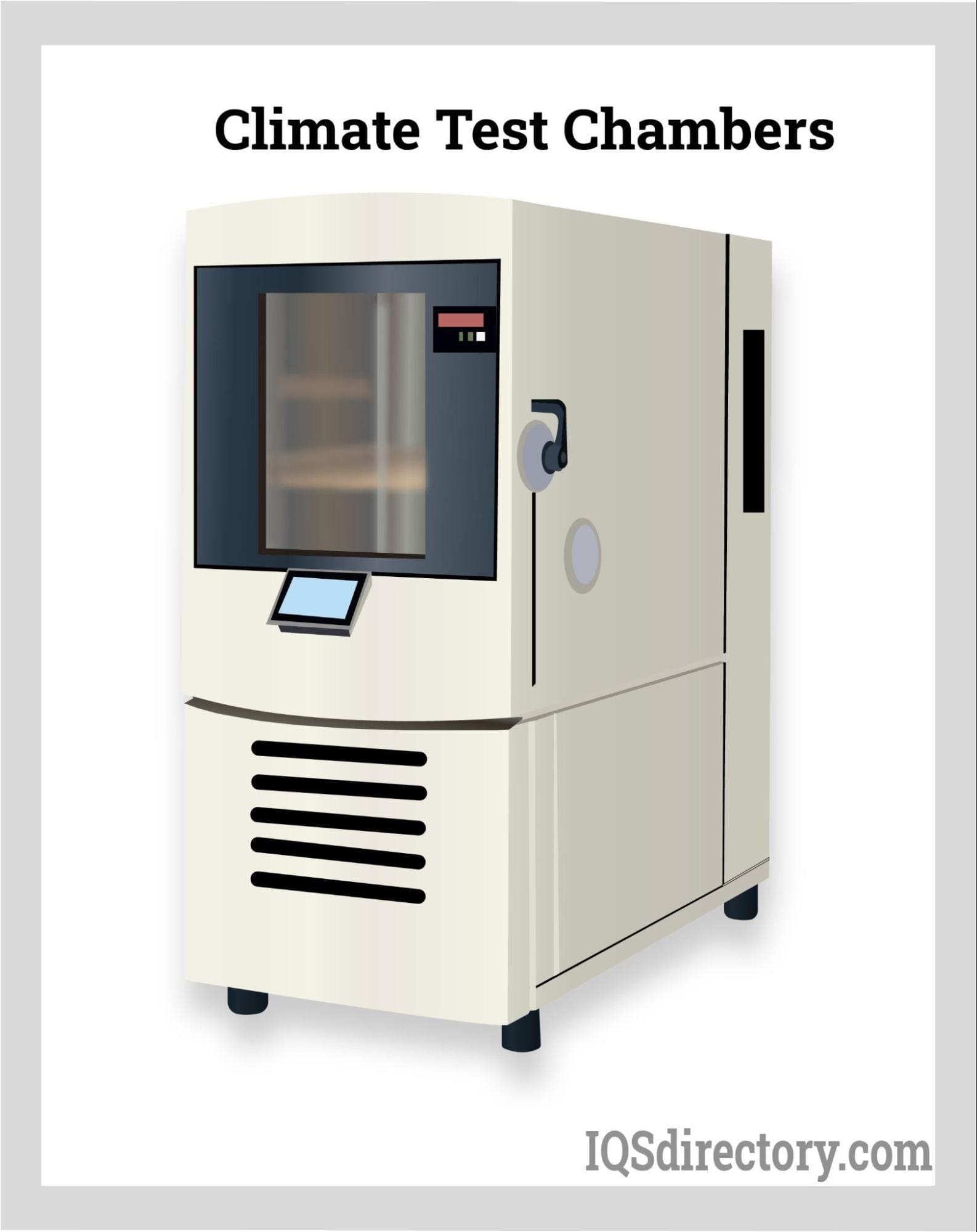
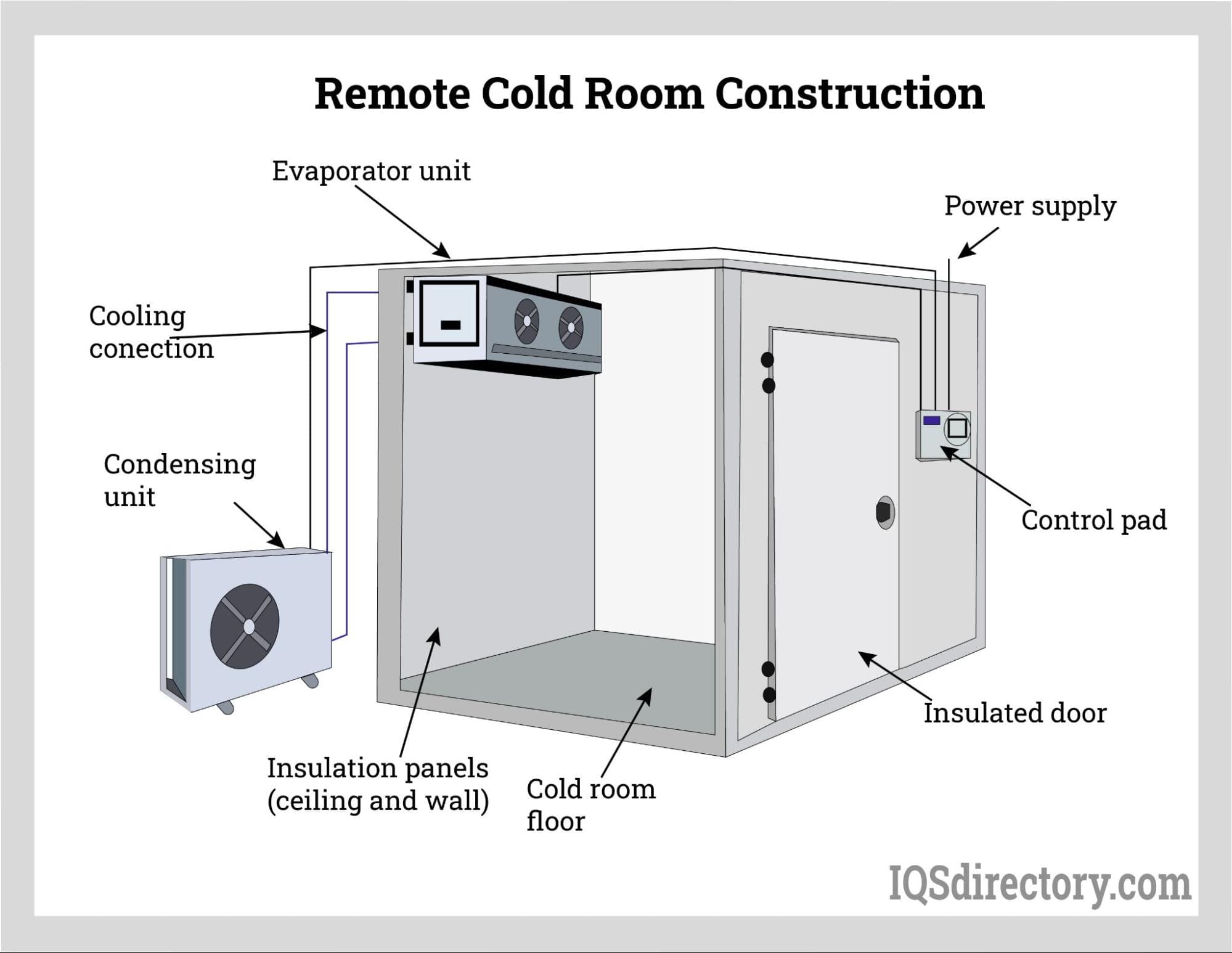
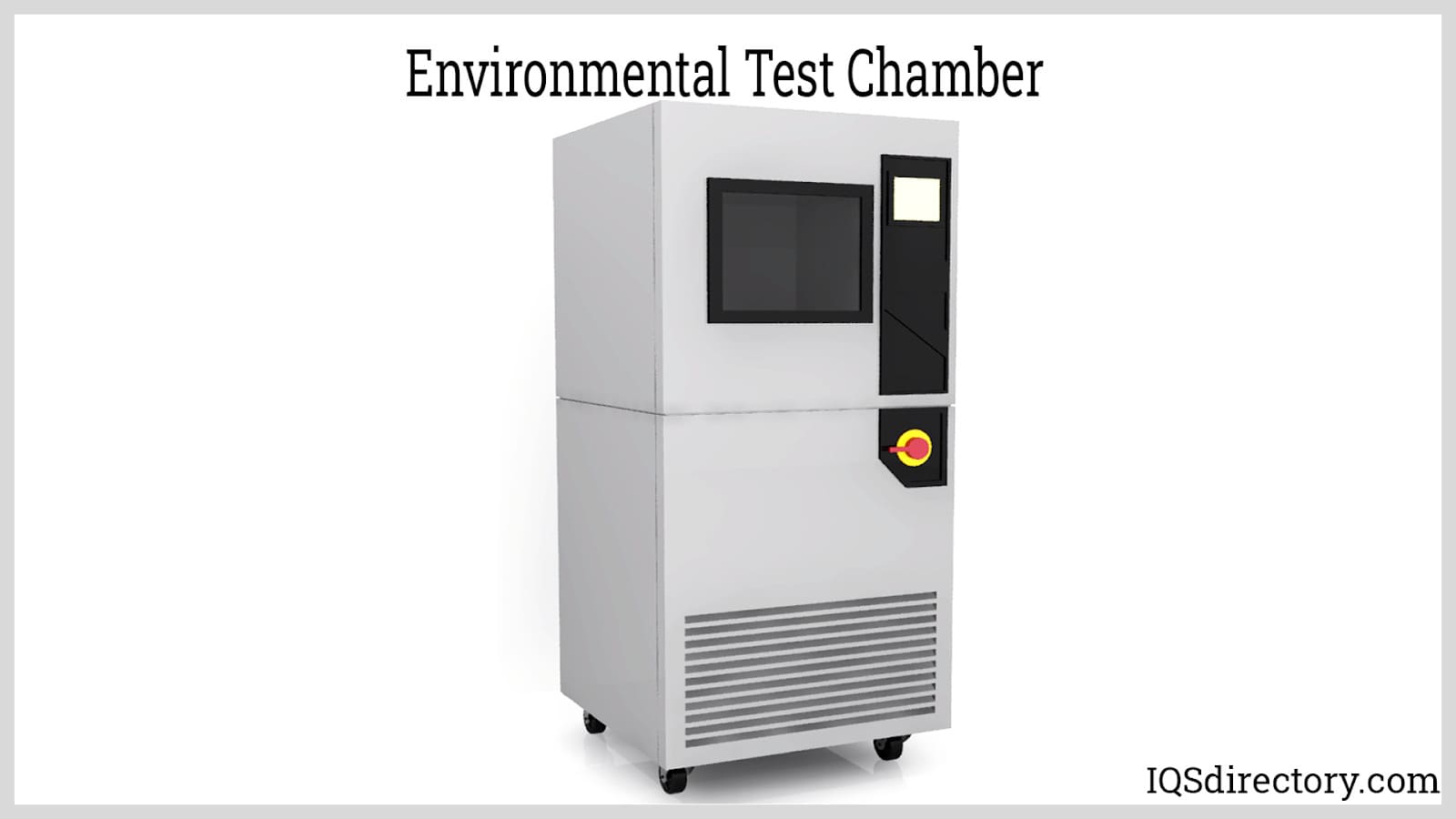
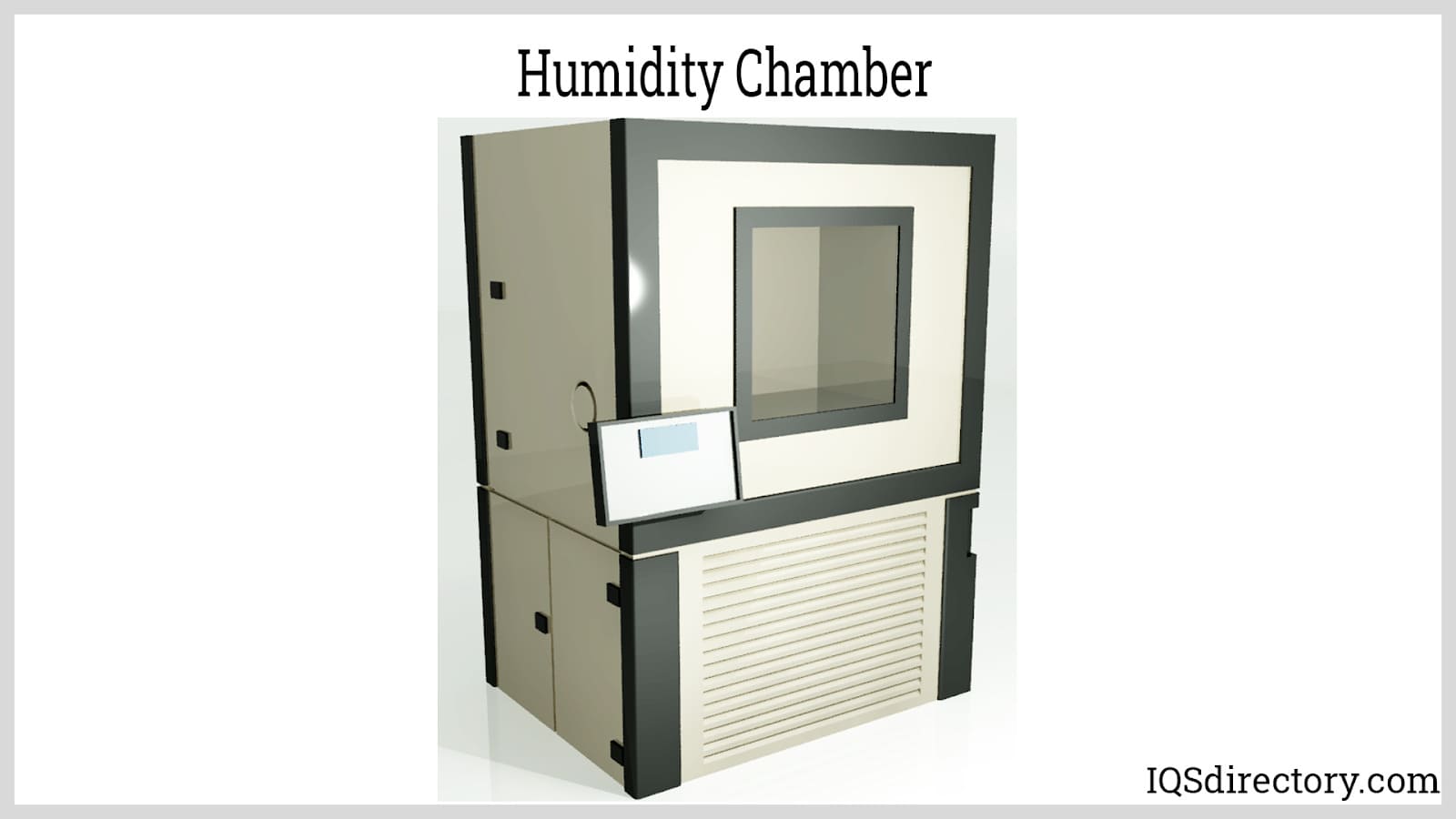
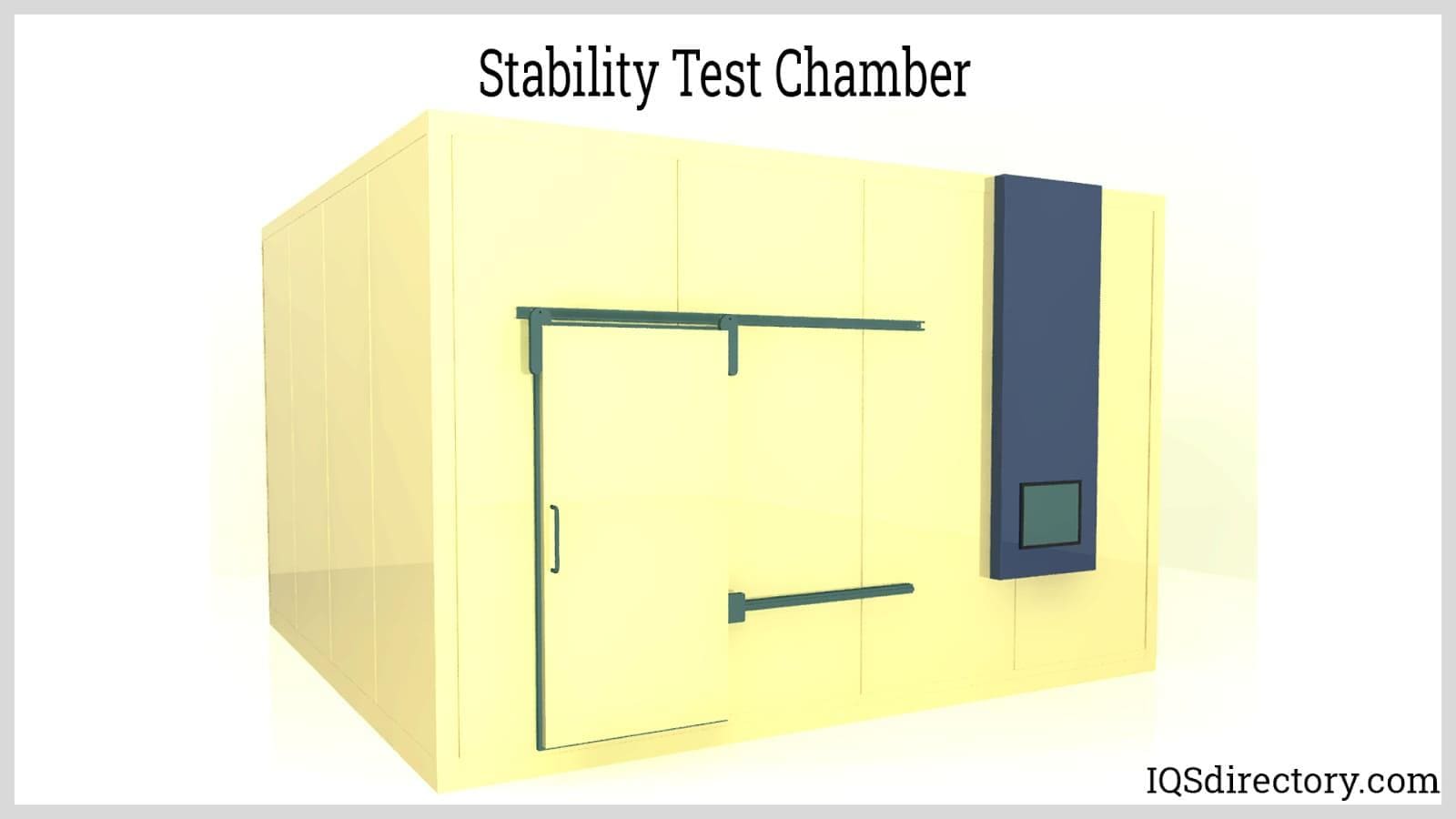
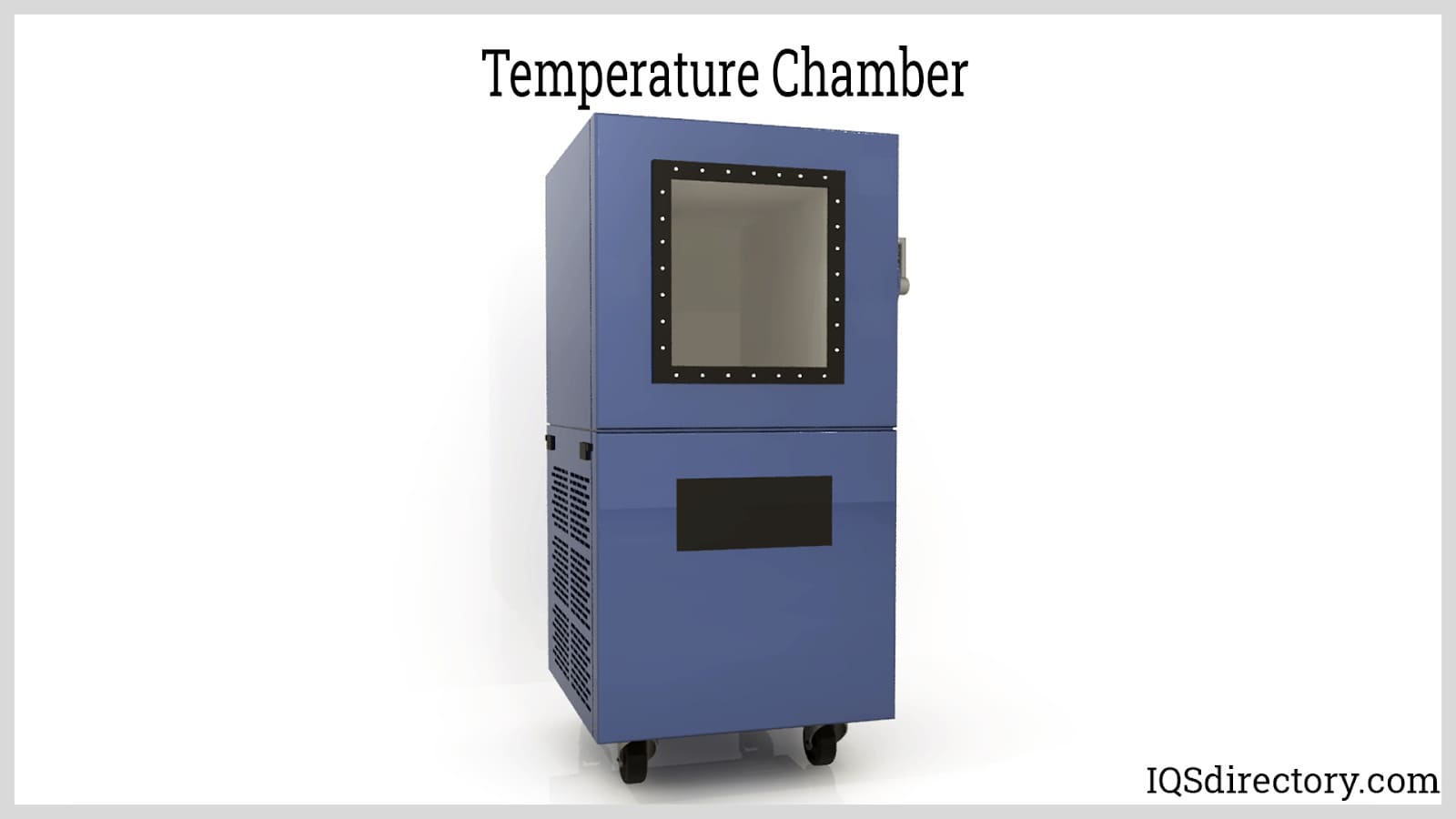
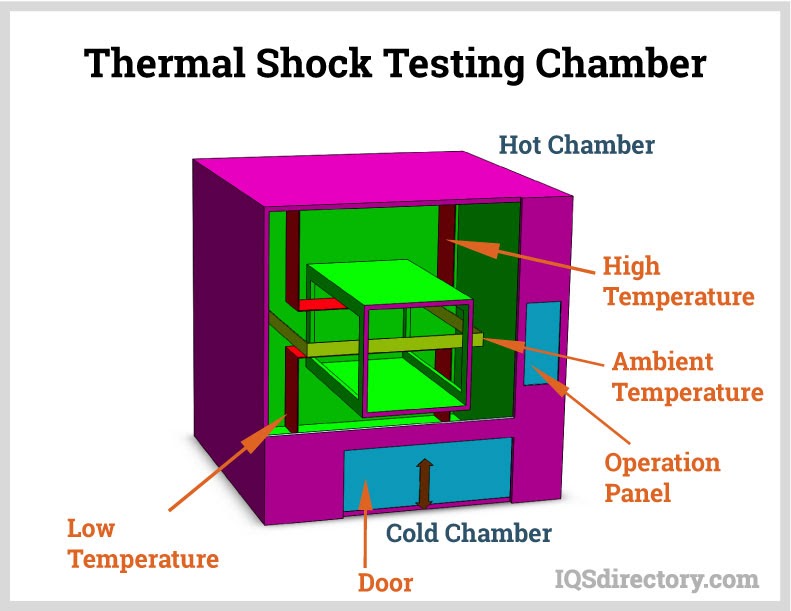
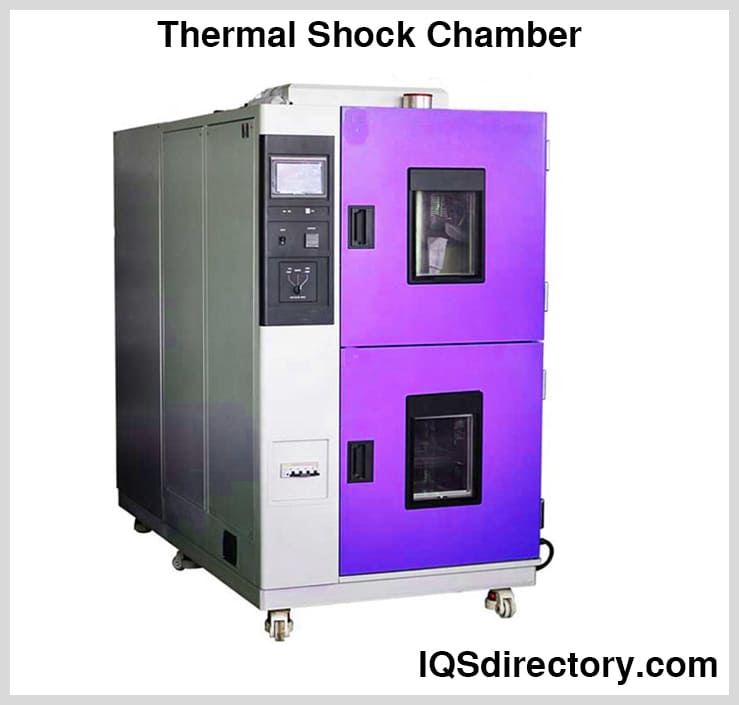
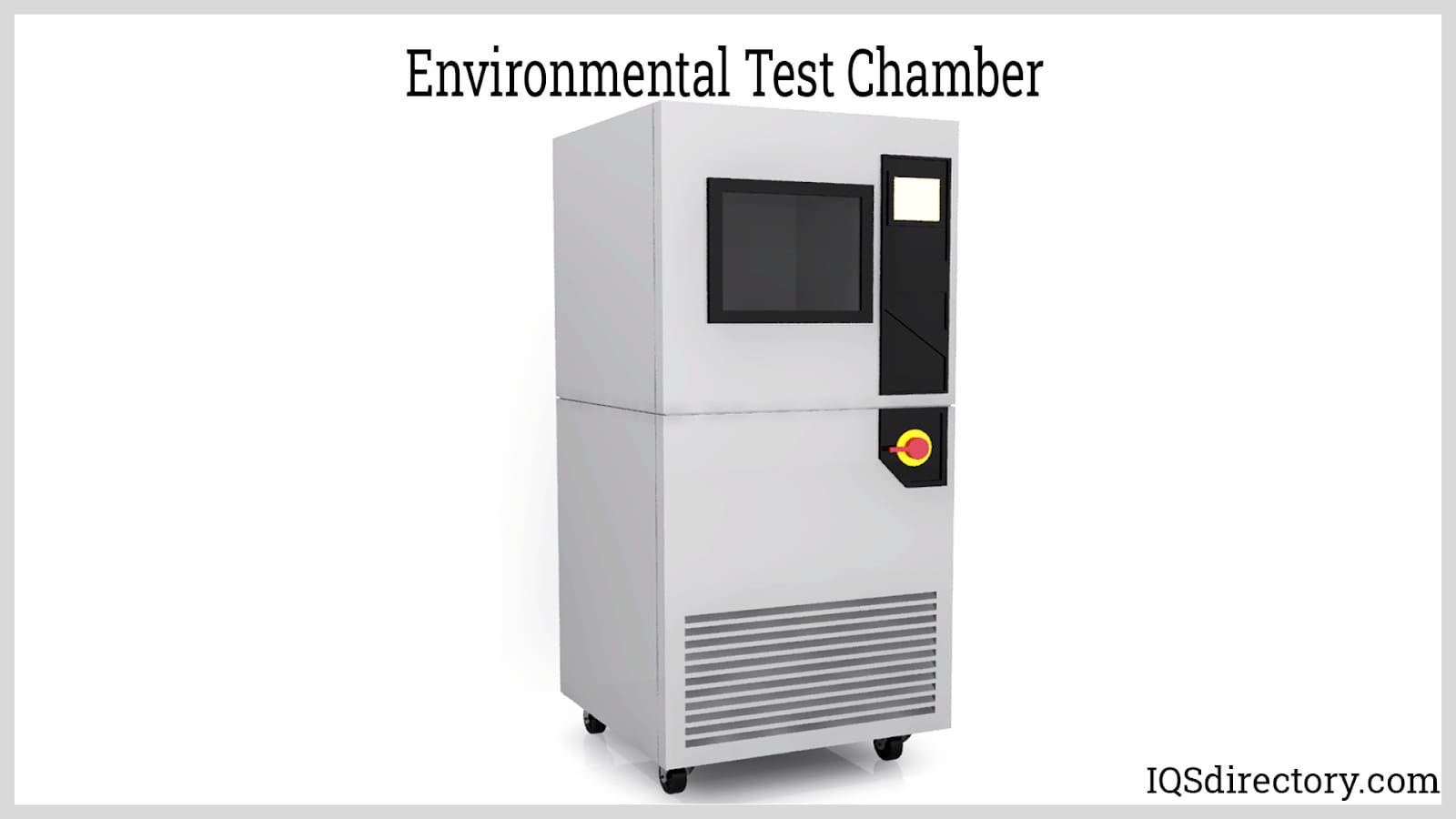
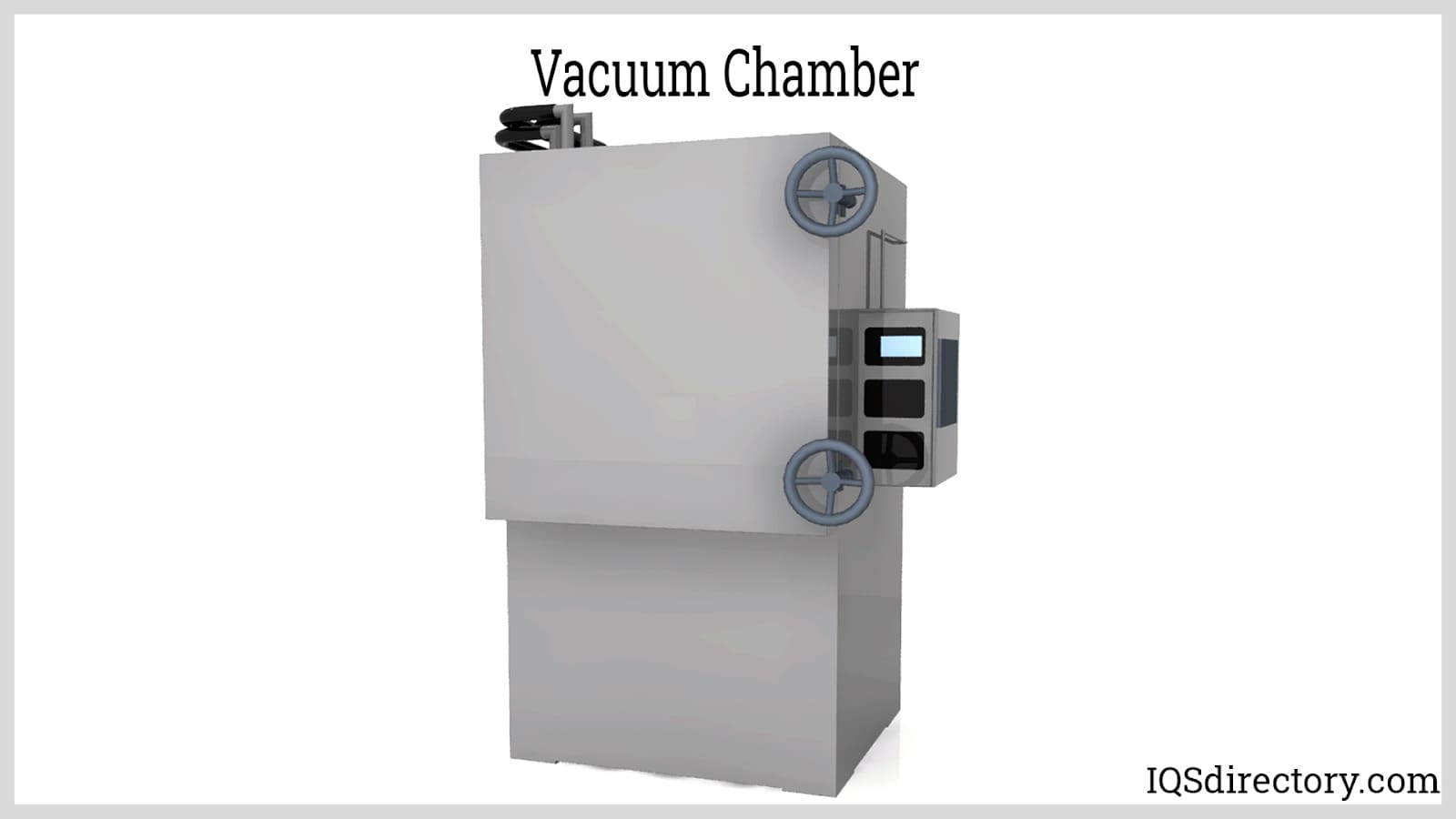
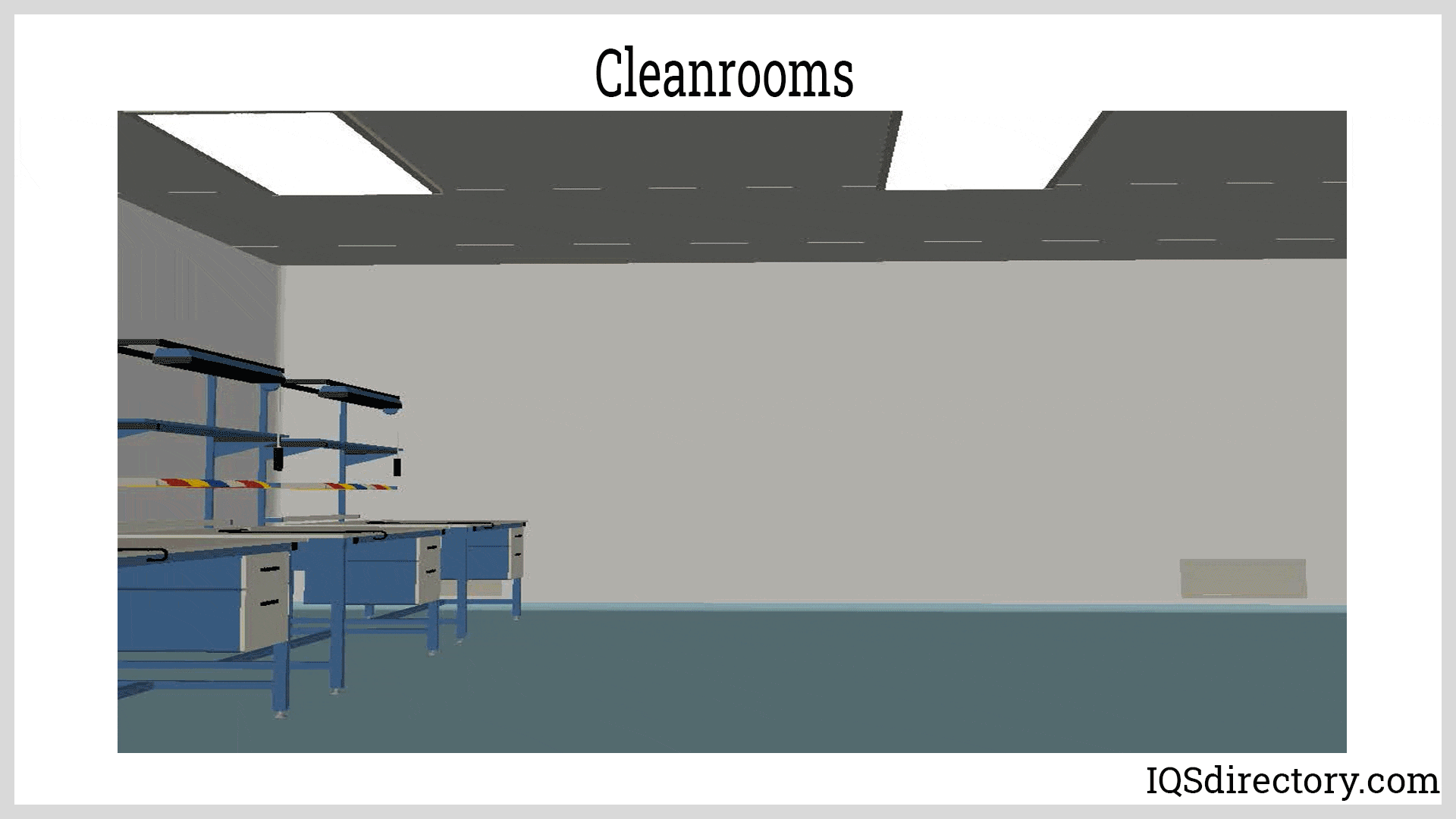
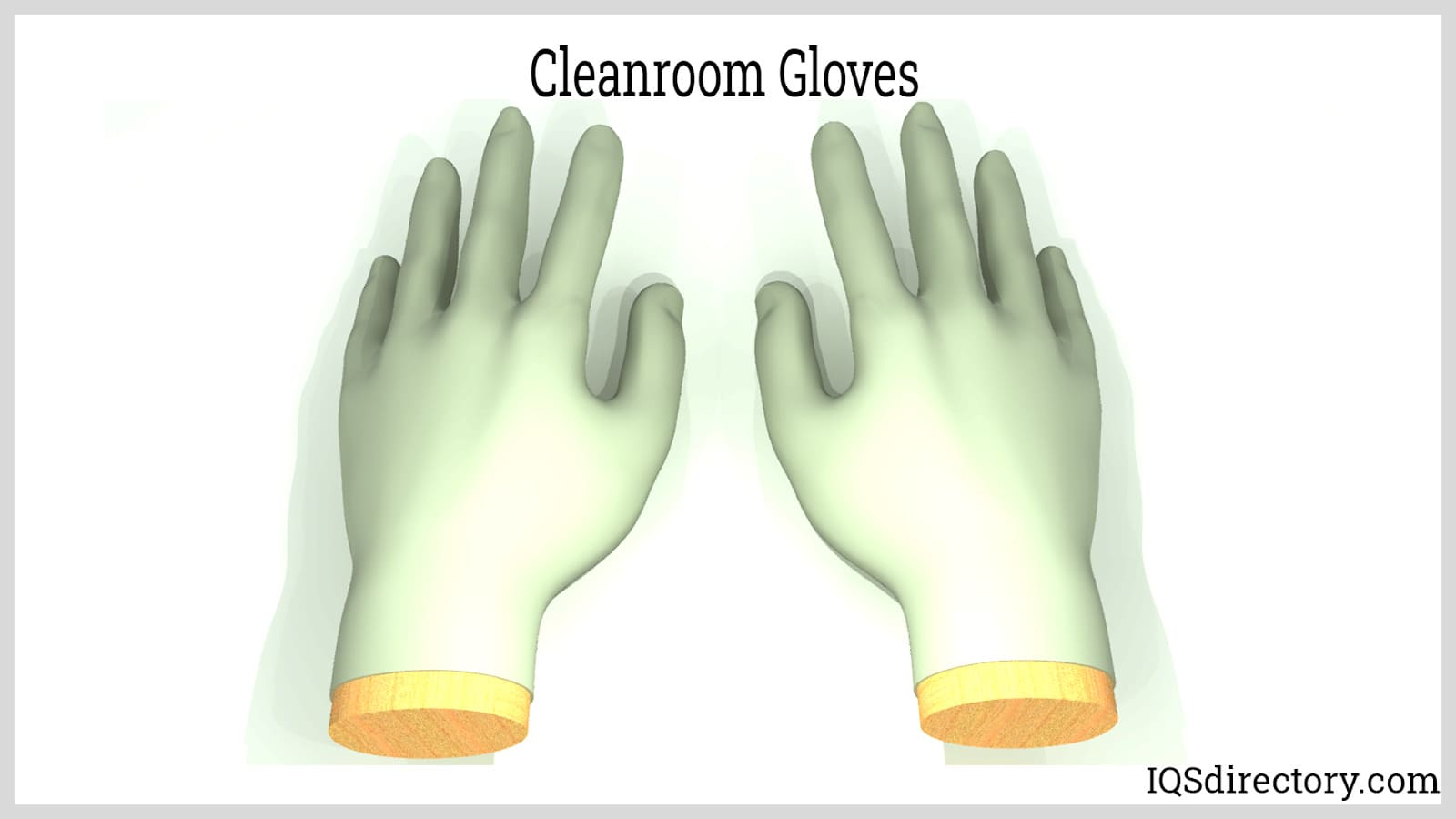
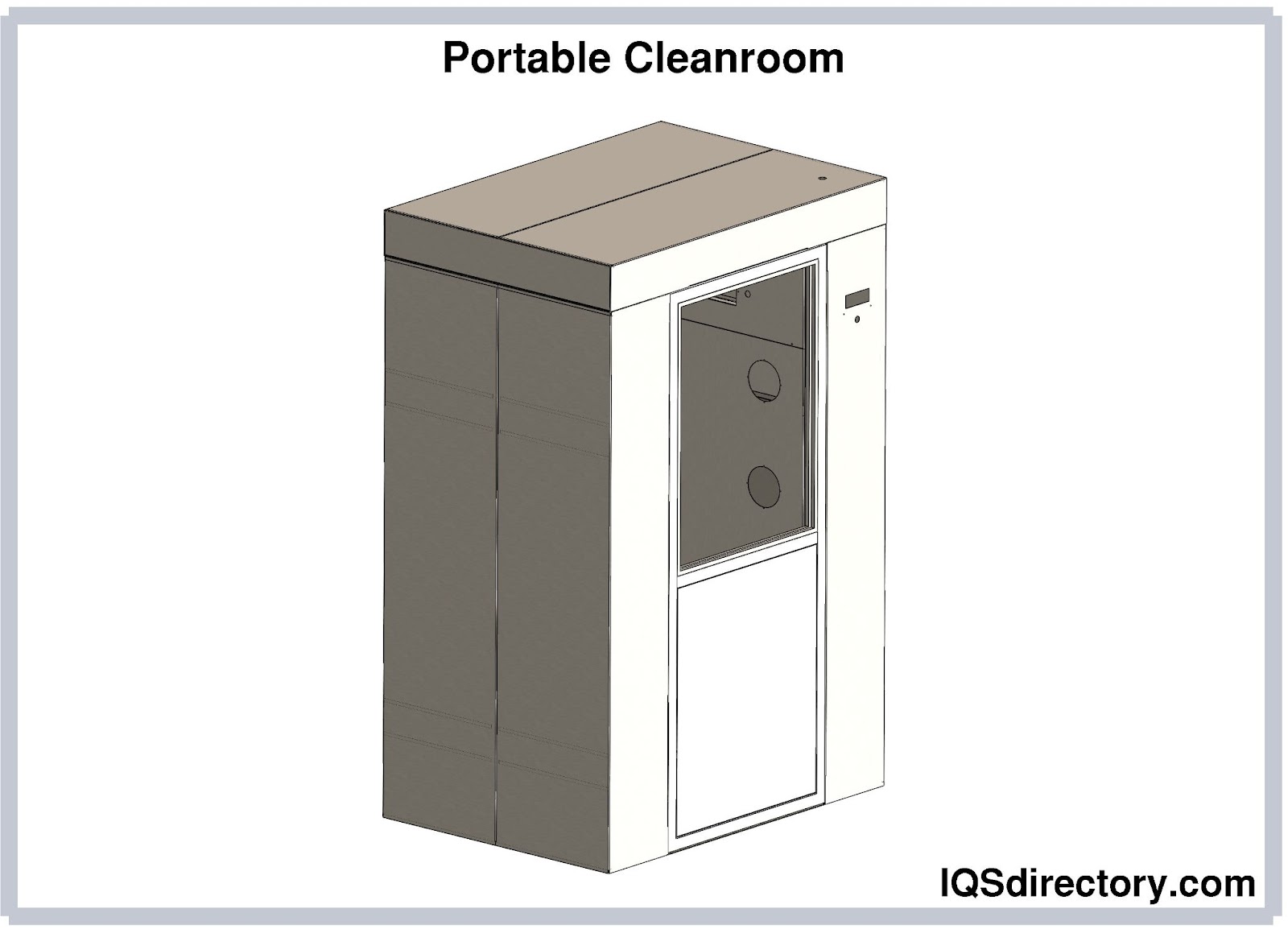
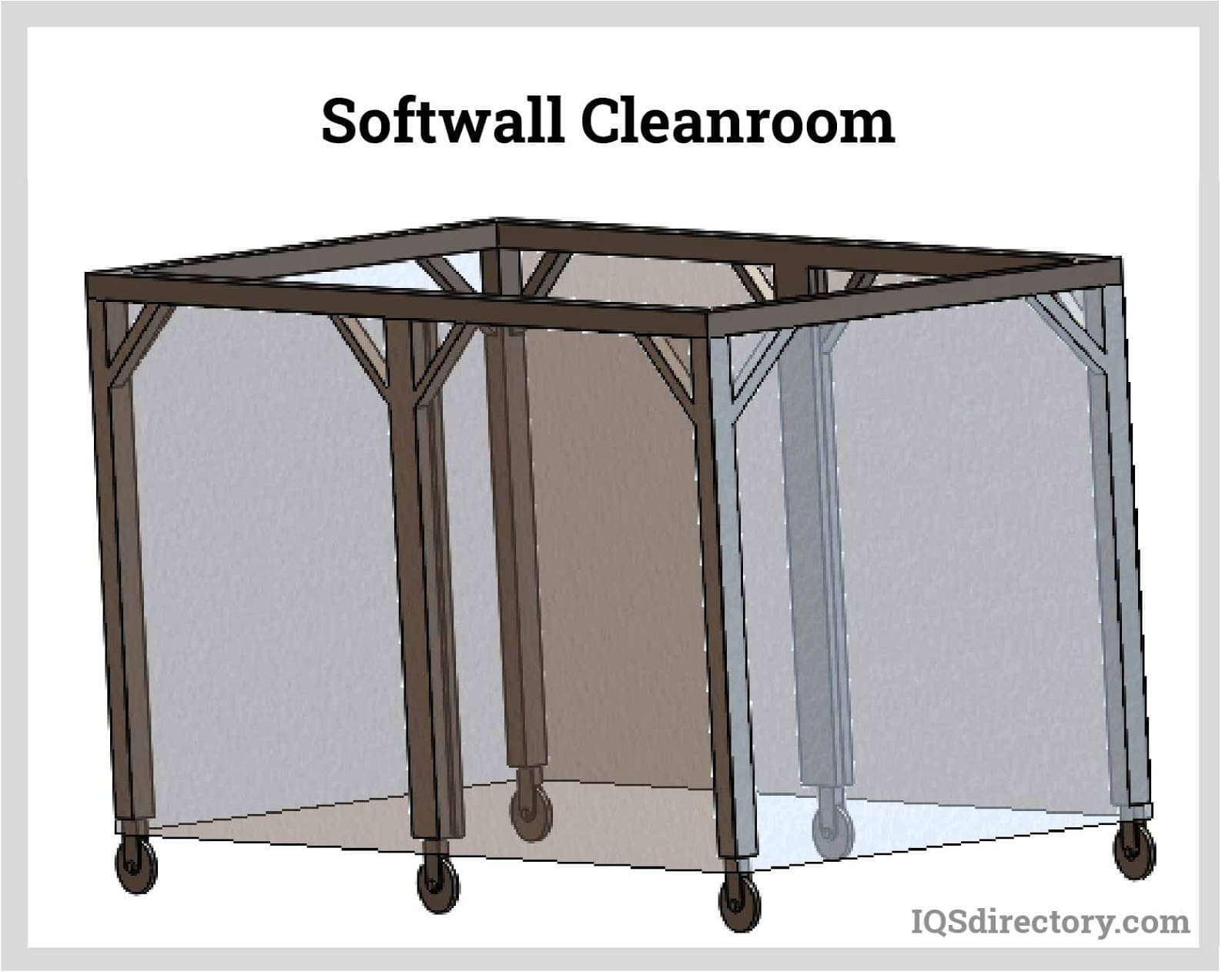
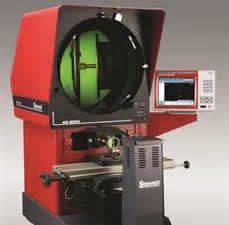 Calibration Services
Calibration Services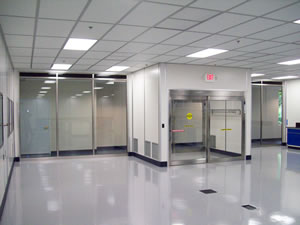 Clean Rooms
Clean Rooms Data Acquisition Systems
Data Acquisition Systems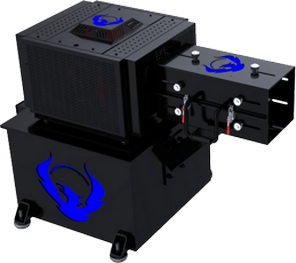 Dynamometers
Dynamometers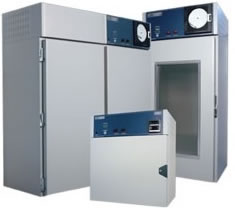 Environmental Test Chamber
Environmental Test Chamber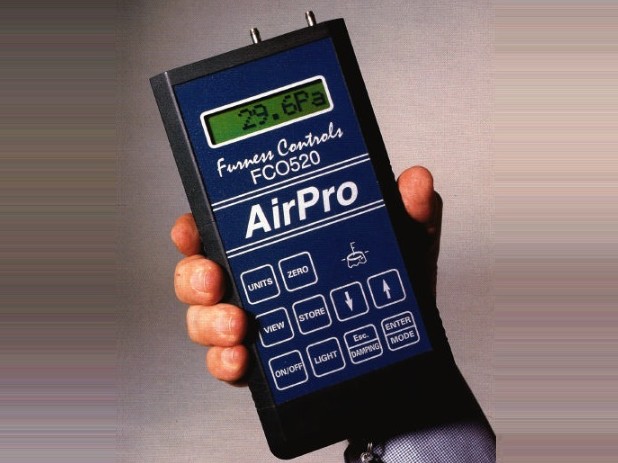 Leak Detectors
Leak Detectors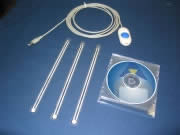 Load Cells
Load Cells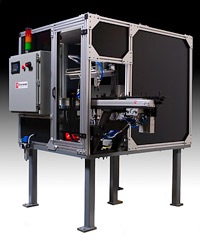 Machine Vision Systems
Machine Vision Systems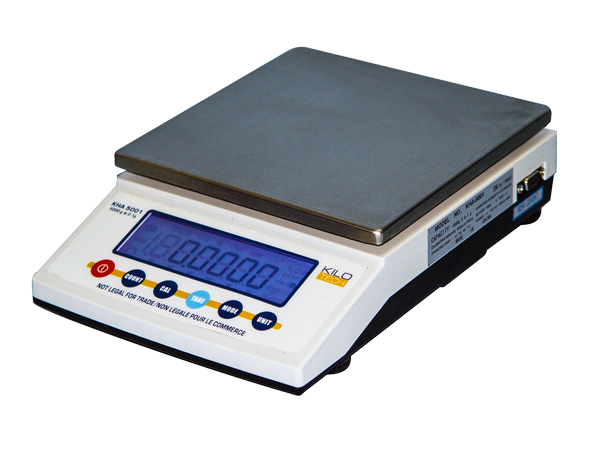 Scales
Scales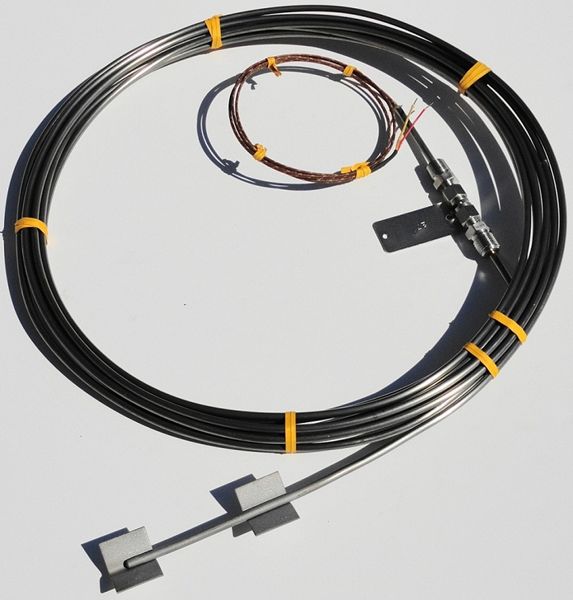 Thermocouples
Thermocouples Castings & Forgings
Castings & Forgings Bulk Material Handling
Bulk Material Handling Electrical & Electronic Components
Electrical & Electronic Components Flow Instrumentation
Flow Instrumentation Hardware
Hardware Material Handling Equipment
Material Handling Equipment Metal Cutting Services
Metal Cutting Services Metal Forming Services
Metal Forming Services Metal Suppliers
Metal Suppliers Motion Control Products
Motion Control Products Plant & Facility Equipment
Plant & Facility Equipment Plant & Facility Supplies
Plant & Facility Supplies Plastic Molding Processes
Plastic Molding Processes Pumps & Valves
Pumps & Valves Recycling Equipment
Recycling Equipment Rubber Products & Services
Rubber Products & Services